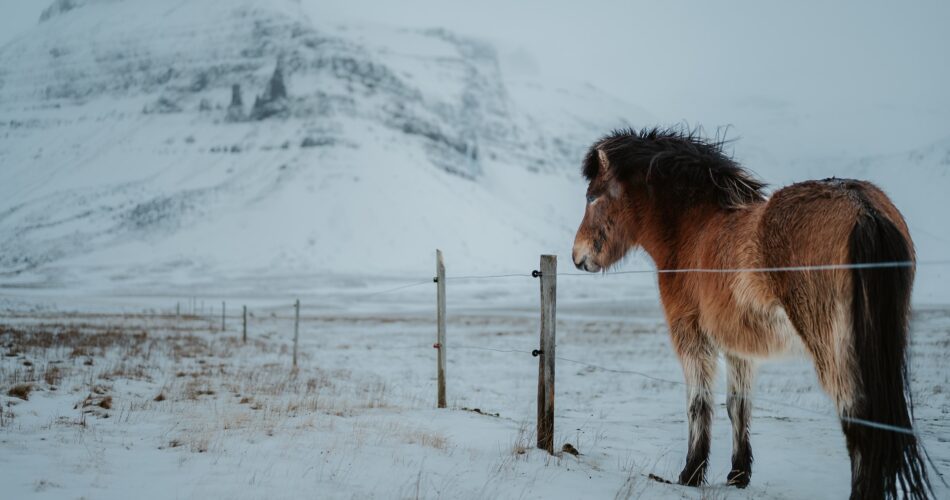Some of Iceland’s most popular tourist destinations are open year-round. Others, like the northern lights and the midnight sun, are only visible during certain times of the year. Think carefully about what you want to do and see on your vacation to this popular island nation.
You may be curious about the best time of year to visit Iceland if you are making travel plans or are seriously considering a trip to this Nordic gem. Iceland is a beautiful place to visit any time of the year, so pick the best time to visit Iceland!
Due to its otherworldly landscapes of ancient glaciers and rugged fjords, Iceland has become one of Europe’s “it” destinations in recent years. Think carefully about what you want to do and see on your vacation to this popular island nation before you book your flight there, as the time of year can significantly impact the options available to you. Some of Iceland’s most popular tourist destinations, like the country’s many hot springs, are open year-round. Still, others, like the northern lights and the midnight sun, are only visible during certain times of the year.
If you want to know when is the best time of year to visit Iceland, you’ve come to the right place!
Time of Year with the Best Weather in Iceland
The warmest time to visit Iceland is during the summer, specifically July and August. There are as many visitors in June, with its near-constant daylight hours, as there are in the height of summer. Bad weather (rain and strong winds) is uncommon even during this season. The island’s climate is so unpredictable that it is not uncommon to experience all four seasons in a single day.
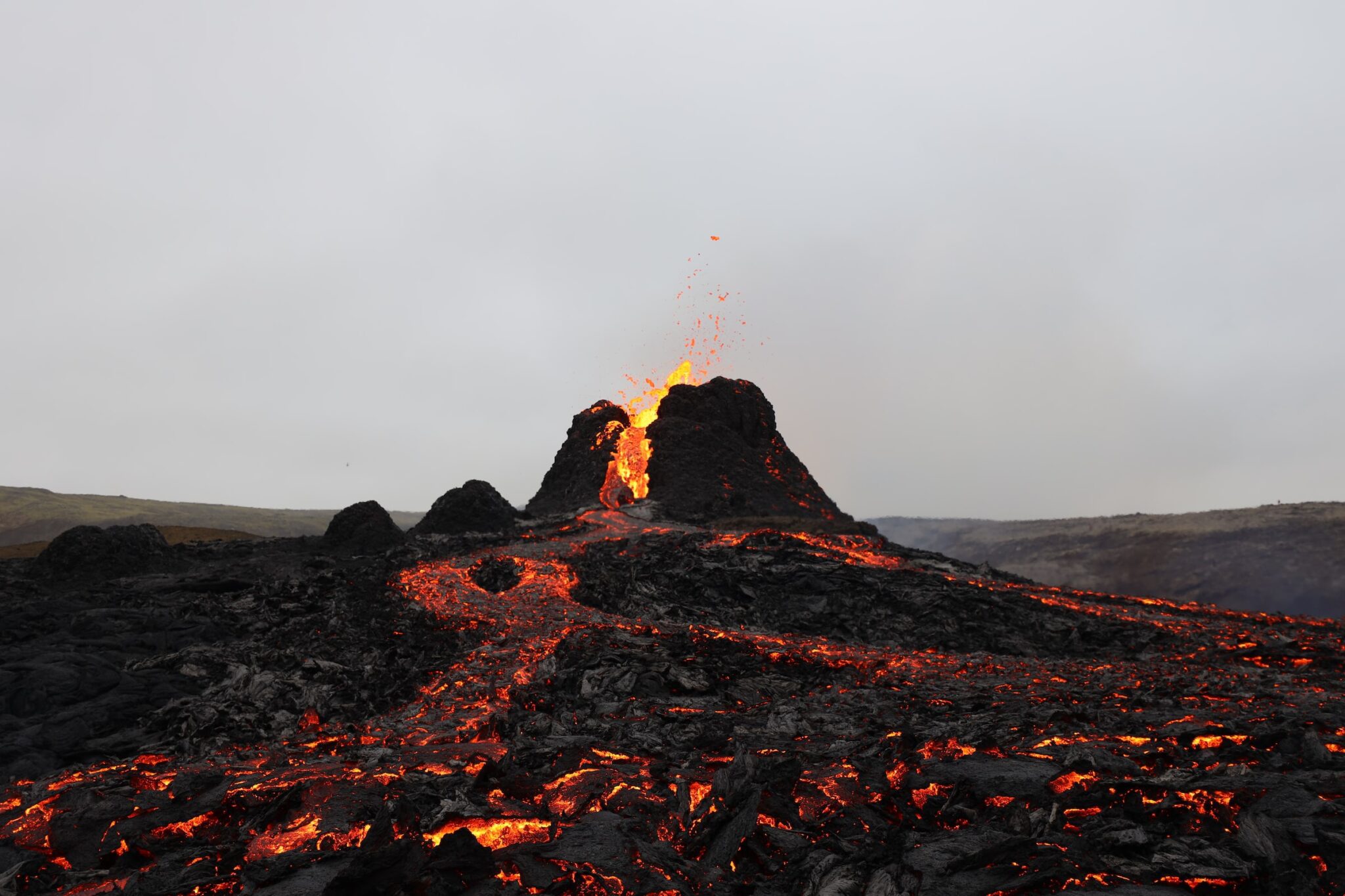
Fagradalsfjall Grindavikurbaer Iceland
Warm temperatures in Iceland are possible even into the first week of October, making the month of September a good time to plan a trip (most of the crowds have thinned as children return to school). May, like March, has plenty of daylight hours for sightseeing and warmer temperatures. Some roads remain closed as they thaw from winter’s snow cover, so it may not be the best time to visit if you want to explore some of the more remote hills and fjords. There is no better time than the summer for avid hikers to visit Iceland when all the mountain roads are open, and the most well-known trails are easily accessible.
Peak Season in Iceland
The peak season for Iceland’s tourism industry is the summer months of July and August. Still, the number of visitors and the cost of trips begin to increase in May and June and don’t decrease until late September. Shoulder seasons (early April to mid-June and mid-September to early November) are great if you want to avoid crowds of other tourists, save money, and still see the most popular attractions.
The official off-season for Iceland is from early December through mid-March. Still, a surge in year-round tourism since 2008 has led to stable prices for airfare and accommodations as more and more people discover the beauty of this Nordic country in the dead of winter. The United States may not offer the cheapest last-minute airfare, but it does have some excellent travel deals for the holiday season.
Best Time of Year to See Whales in Iceland
Edda Elsabet Magnusdóttir, an Icelandic marine biologist, says that June and July are the best times to watch whales in Iceland. From May to August, humpbacks, minkes, and dolphins travel the Atlantic, with some humpbacks remaining in the area until the end of the year. In the summer, blue whales also make their way through the area.
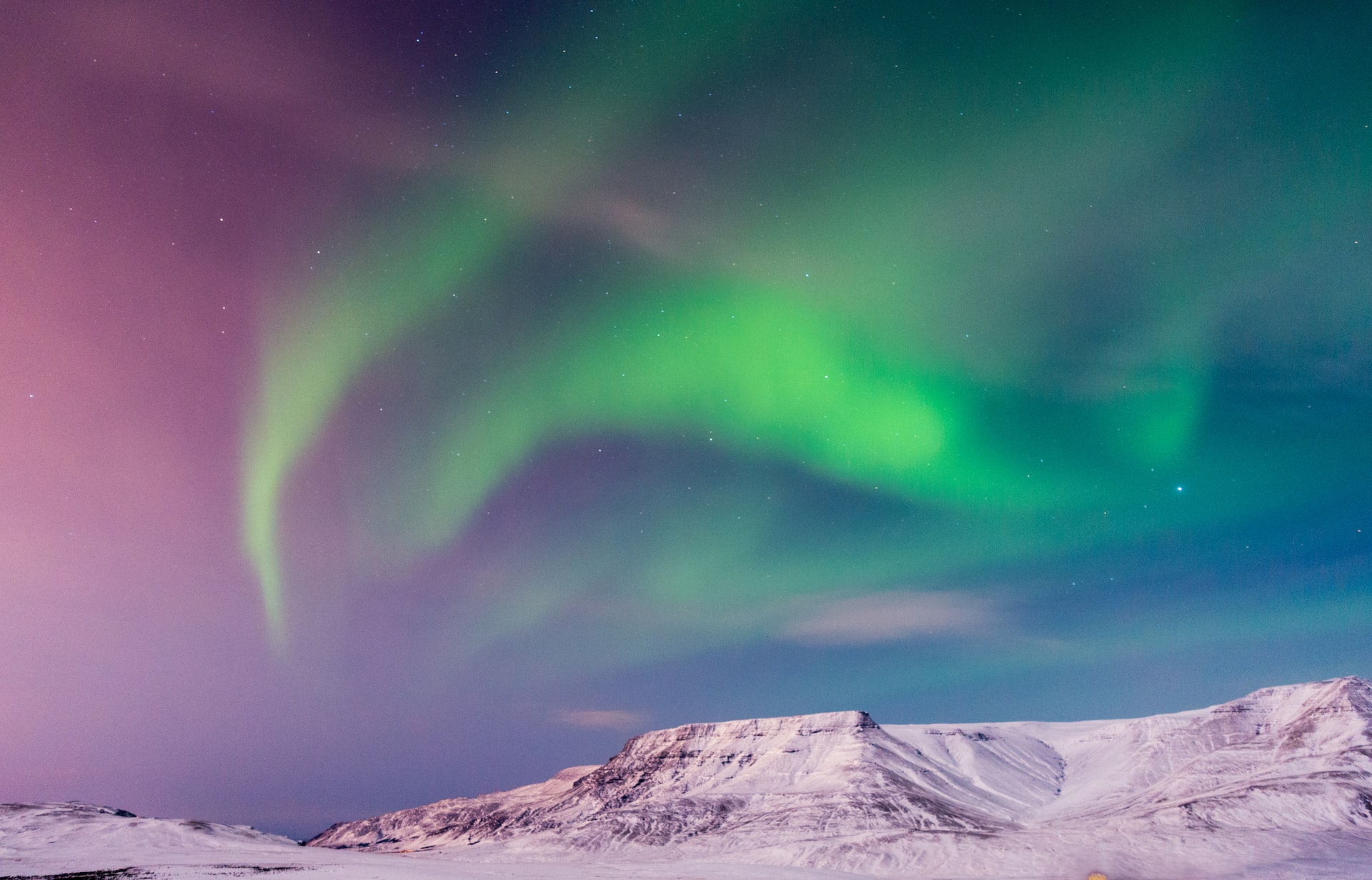
Reykjavik Iceland
Many minke whales and dolphins visit Reykjavk during the summer, and orcas gather in West Iceland near the Snaefellsnes peninsula in the spring and early summer.
Best Time to Visit the Hot Springs
Hot water baths are a major part of Icelandic culture, serving important social and health functions. Reykjavik has numerous public pools accessible year-round (especially refreshing in the dead of winter). Still, the island also has hundreds of secret “hot pots” that draw heat from the volcanoes and lava flows below.
Expert Icelandic mountaineer and co-founder of Midgard Adventure, Sigurdur Bjarni Sveinsson, recommends that hot-water-seekers “check them out during September or, even better, the first half of October, when they are all still accessible by mountain road, but the crowds of tourists have significantly died down.”
It is recommended that visitors to the world-famous geothermal spa, the Blue Lagoon, go there during the shoulder and off seasons when the resort is less crowded (hundreds of thousands of people flock here every year).
When to Travel to Iceland for the Best Chance of Seeing the Northern Lights
Darkness, clear skies and increased solar activity are the prerequisites for viewing the northern lights, also known as the aurora borealis. Observations are frequently difficult to obtain, comparable to seeing curtains of neon wind, especially when transient clouds hamper forecasts predicting roaring flares. Because the weather in Iceland can be so unpredictable, tourists should never base their trip there solely on the hope of seeing the northern lights.
Zobraziť tento príspevok na Instagrame
Doing so will only set them up for possible disappointment (statistically, there are more clear nights in Yellowknife, Canada, for example.) Visit Iceland between the middle of October and the beginning of March, when there are long hours of nighttime, and get out into the countryside to reduce the amount of ambient light pollution. Doing both will give you the best chance of seeing the northern lights.
Best Time to Hike in Iceland
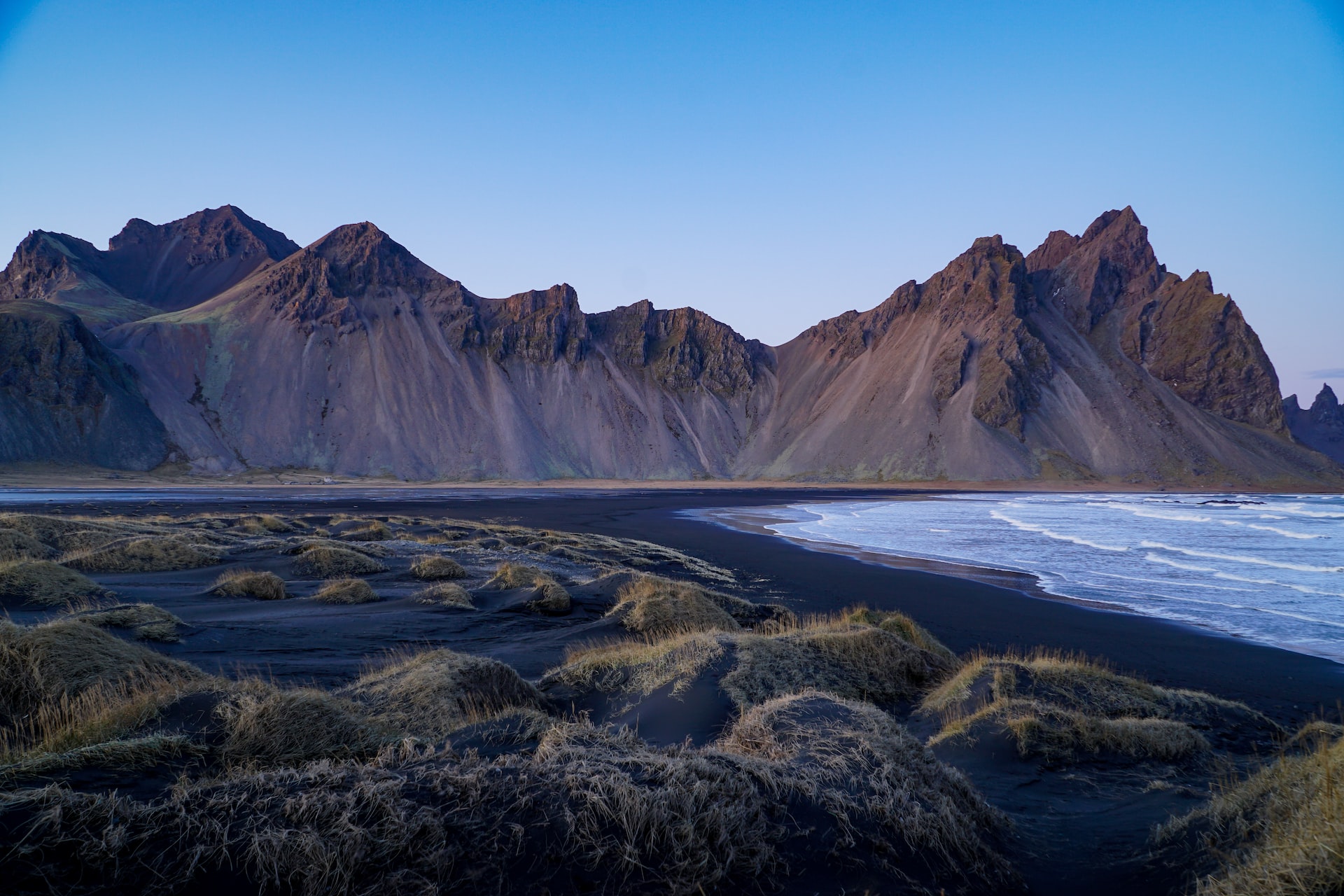
Stokksnes, Iceland
During May through September, when daylight hours are longer, and there is a lower chance of precipitation (rain or snow), hiking in Iceland is at its peak. It is easiest to plan a hiking trip during June, July, and August, because this is when temperatures are at their highest and all-mountain trails and roads are accessible. Even though glaciers are at their most beautiful in the winter, when they are blanketed in thick snow, this is also the most dangerous time of year to visit them because of the bitterly low temperatures and the icy conditions.
Cheapest Time to Visit Iceland
Sadly, Iceland is consistently ranked as one of the countries with the highest travel costs. We have been there multiple times because we feel the overall experience is worth the cost. Nevertheless, there are things that you can do to reduce the cost of your journey significantly. One of these things is going to Iceland in the off-season when there are fewer tourists.
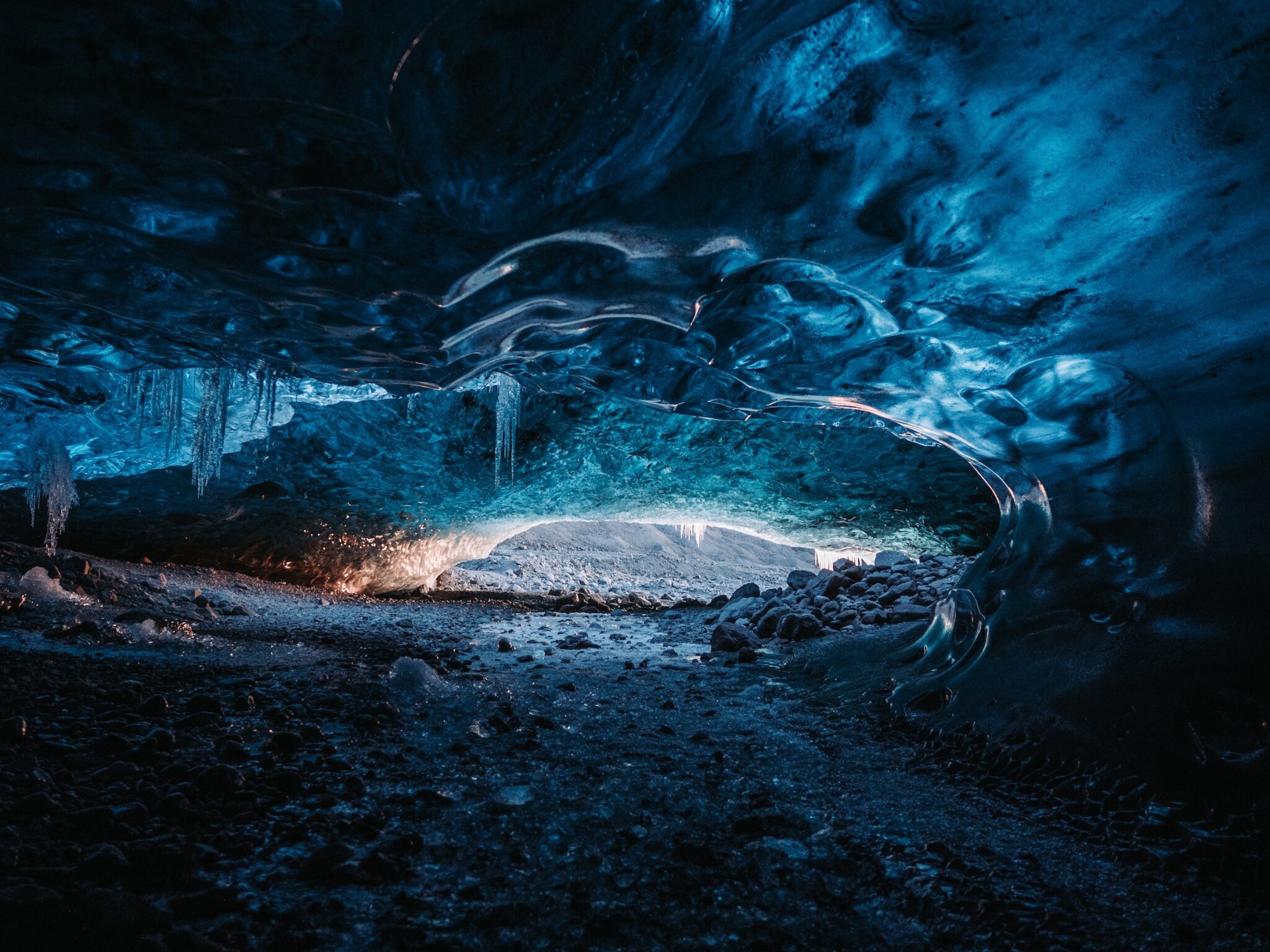
Jokulsarlon, Iceland
Shoulder seasons and winter are the best times to visit Iceland if you want to see the country without spending much money, which is your goal. It is possible to make significant financial savings by timing your trip immediately before or after the peak summer season. Visit Iceland in the winter if you are concerned about your budget. This is the best time of year to see the country. Additionally, shopping at grocery stores is a helpful hint to reduce costs even further.
When should you avoid visiting Iceland at all costs?
If you plan, there is no bad time of year to visit Iceland. This article will give you a general idea of each month’s weather, natural events, and celebrations. You can go to Iceland at the perfect time if you go whenever you like and pack appropriately for the season.
Seeing the Northern Lights is impossible in Iceland during the summer. However, winter is the worst time to visit if you value warm temperatures and dry roads for your rental car.
Unforgettable Adventures: The Top Must-Do Experiences In Iceland
Conclusion:
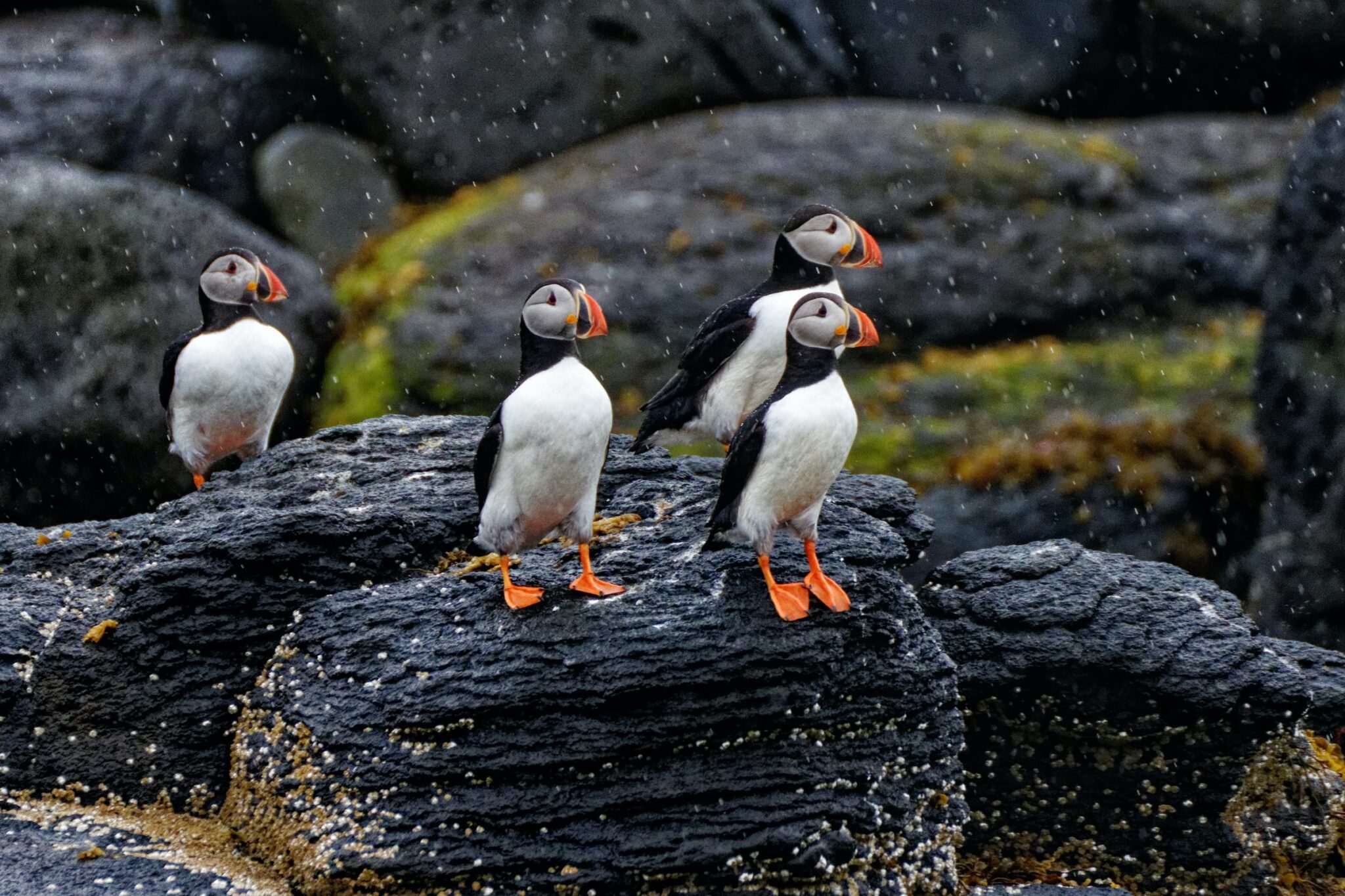
Puffins in the rain Iceland
Many of the exciting adventure activities in Iceland, such as glacier hikes, blue ice caving, white water river rafting, and exploring underground lava tunnels, are highly seasonal, making it important to plan your trip around the right time of year.
You can also observe marine mammals such as whales, dolphins, puffins, and seals in their element. Or, while relaxing in a world-famous hot pot, you can marvel at Iceland’s breathtaking landscape. We have tours throughout the year for people of all ages, abilities, and interests.
We hope our guide to the best time of year to visit Iceland has been helpful! Feel free to let us know when you decide to go in the comments below. What is your favourite month to travel to Iceland?
Frequently Asked Questions (FAQ):
What month is the cheapest to fly to Iceland?
Top tips for finding cheap flights to Iceland Book at least 5 weeks before departure in order to get a below-average price. High season is considered to be January, November and December. The cheapest month to fly from the United States is January.
What is off-season in Iceland?
With all of the ups and downs of Iceland’s summer months, some travellers have begun opting for a trip to Iceland during the off-season: anytime between November and March. This season is also known as Winter in Iceland.
Is 5 days enough time in Iceland?
Any traveler could spend weeks getting to know Iceland, but given the reality of limited vacation days, 5-7 days are recommended for a satisfying trip. In this length of time, you can make a northern road trip from Reykjavik to Akureyri, or drive the south coast via Vik to Jokulsarlon Glacier Lagoon.
How many days in Iceland is enough?
A minimum of 1 week in Iceland is ideal, but visiting for up to 2 or even 3 weeks will allow you to see more of this beautiful country in the same trip. Staying for less than 7 days in Iceland is still doable, but there’s no doubt you’ll want to come back again to see and do more.


